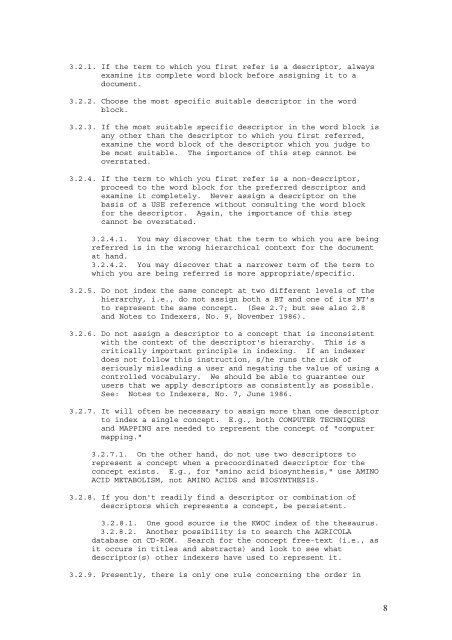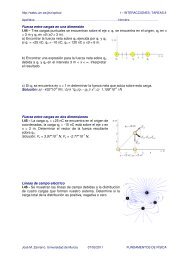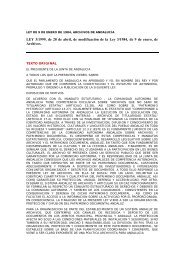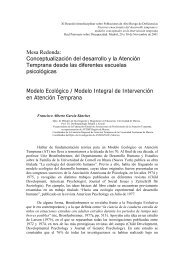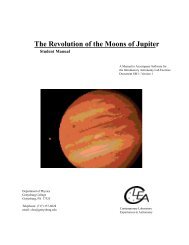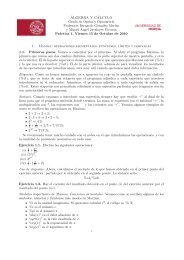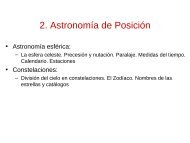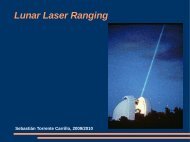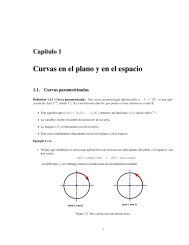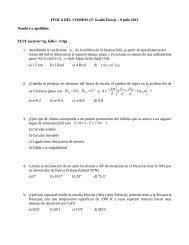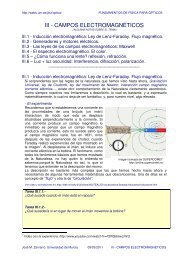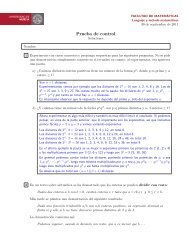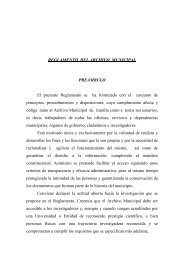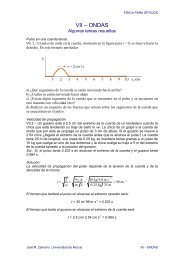AGRICOLA -- Guide to Subject Indexing
AGRICOLA -- Guide to Subject Indexing
AGRICOLA -- Guide to Subject Indexing
You also want an ePaper? Increase the reach of your titles
YUMPU automatically turns print PDFs into web optimized ePapers that Google loves.
3.2.1. If the term <strong>to</strong> which you first refer is a descrip<strong>to</strong>r, alwaysexamine its complete word block before assigning it <strong>to</strong> adocument.3.2.2. Choose the most specific suitable descrip<strong>to</strong>r in the wordblock.3.2.3. If the most suitable specific descrip<strong>to</strong>r in the word block isany other than the descrip<strong>to</strong>r <strong>to</strong> which you first referred,examine the word block of the descrip<strong>to</strong>r which you judge <strong>to</strong>be most suitable. The importance of this step cannot beoverstated.3.2.4. If the term <strong>to</strong> which you first refer is a non-descrip<strong>to</strong>r,proceed <strong>to</strong> the word block for the preferred descrip<strong>to</strong>r andexamine it completely. Never assign a descrip<strong>to</strong>r on thebasis of a USE reference without consulting the word blockfor the descrip<strong>to</strong>r. Again, the importance of this stepcannot be overstated.3.2.4.1. You may discover that the term <strong>to</strong> which you are beingreferred is in the wrong hierarchical context for the documentat hand.3.2.4.2. You may discover that a narrower term of the term <strong>to</strong>which you are being referred is more appropriate/specific.3.2.5. Do not index the same concept at two different levels of thehierarchy, i.e., do not assign both a BT and one of its NT's<strong>to</strong> represent the same concept. (See 2.7; but see also 2.8and Notes <strong>to</strong> Indexers, No. 9, November 1986).3.2.6. Do not assign a descrip<strong>to</strong>r <strong>to</strong> a concept that is inconsistentwith the context of the descrip<strong>to</strong>r's hierarchy. This is acritically important principle in indexing. If an indexerdoes not follow this instruction, s/he runs the risk ofseriously misleading a user and negating the value of using acontrolled vocabulary. We should be able <strong>to</strong> guarantee ourusers that we apply descrip<strong>to</strong>rs as consistently as possible.See: Notes <strong>to</strong> Indexers, No. 7, June 1986.3.2.7. It will often be necessary <strong>to</strong> assign more than one descrip<strong>to</strong>r<strong>to</strong> index a single concept. E.g., both COMPUTER TECHNIQUESand MAPPING are needed <strong>to</strong> represent the concept of "computermapping."3.2.7.1. On the other hand, do not use two descrip<strong>to</strong>rs <strong>to</strong>represent a concept when a precoordinated descrip<strong>to</strong>r for theconcept exists. E.g., for "amino acid biosynthesis," use AMINOACID METABOLISM, not AMINO ACIDS and BIOSYNTHESIS.3.2.8. If you don't readily find a descrip<strong>to</strong>r or combination ofdescrip<strong>to</strong>rs which represents a concept, be persistent.3.2.8.1. One good source is the KWOC index of the thesaurus.3.2.8.2. Another possibility is <strong>to</strong> search the <strong>AGRICOLA</strong>database on CD-ROM. Search for the concept free-text (i.e., asit occurs in titles and abstracts) and look <strong>to</strong> see whatdescrip<strong>to</strong>r(s) other indexers have used <strong>to</strong> represent it.3.2.9. Presently, there is only one rule concerning the order in8


